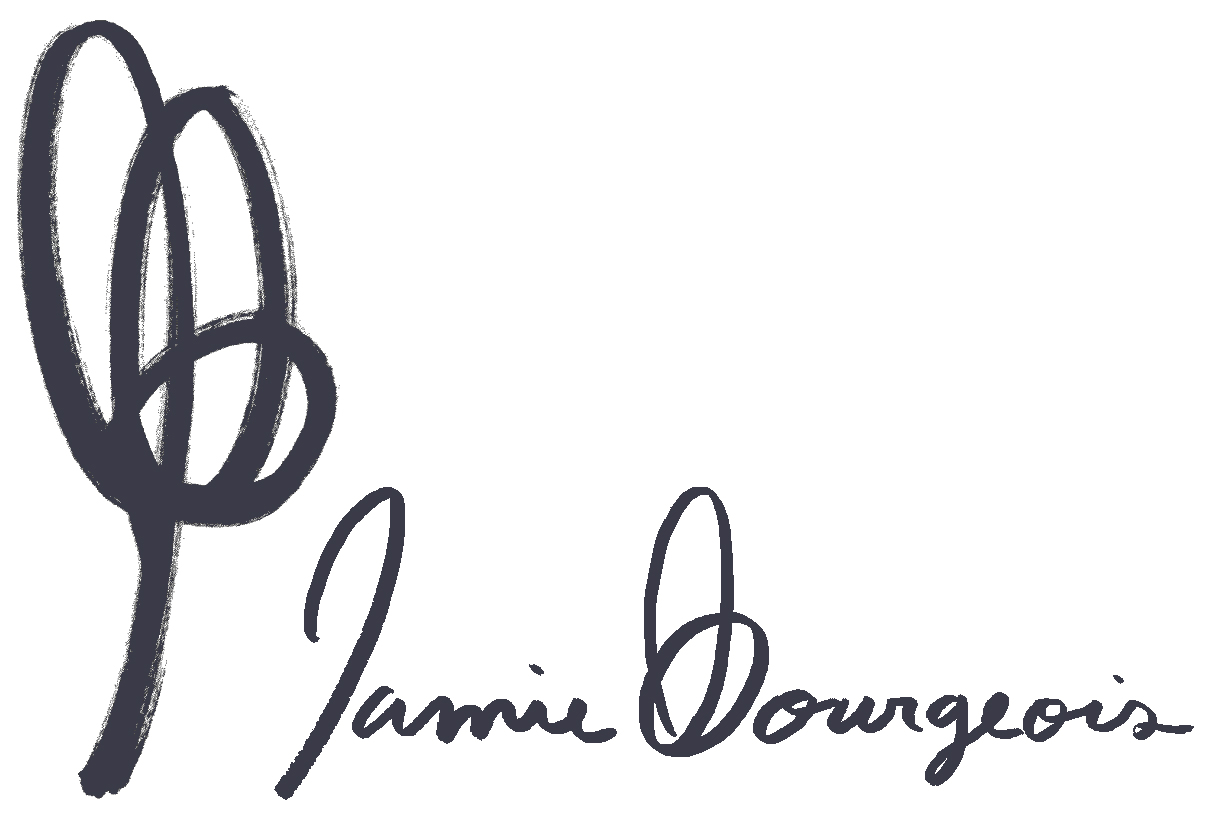Tineola bisselliella, or the Common Clothes Moth, is a species of fungus moth. Fungus moth larva (aka the caterpillar) mostly feed on, well, fungus, lichens, and detritus. Detritus, if you, like I, didn’t already know, is dead particulate organic matter…like bones, horns, feathers, and poop. But as you may have deduced from the name, clothes moths primarily feed on clothes. Protein and cellulose based clothes, like wool, silk, cotton, linen, and fur are preferred, but they will also feed on other things like flour and salt.
Only the larva of the clothes moth actually eats. Adult moths have enough food and moisture saved from the larval stage in order to sustain them for the duration of the time it takes them to complete their sole adult-life goal, and that is to reproduce. And, unlike other moths you may have observed, clothes moths prefer the darkness. In fact, they will die if exposed to the sun for more than just a few hours!
Annie Dillard wrote about Edwin Way Teale’s findings on the clothes moth larva in my favorite book "Pilgrim at Tinker Creek," stating that when there is a shortage in food, the larva will sometimes go into a ‘molting frenzy.’ It will molt and shrink over and over and over again, becoming smaller and smaller and smaller! And then what?!
I also found a really great option of ridding your house and wardrobe of these guys that does not involve chemicals. Trichogrammatid wasps. These are tiny parasitic wasps that lay eggs inside of the clothes moth. The wasp’s larva feeds on the moth’s eggs, and bam! These tiny tiny (.079in) wasps are completely harmless to humans and disappear with full bellies within 2 to 4 weeks. Or, you could clean and aerate your clothes often, and store them in cedar with lavender satchels. Your choice.

